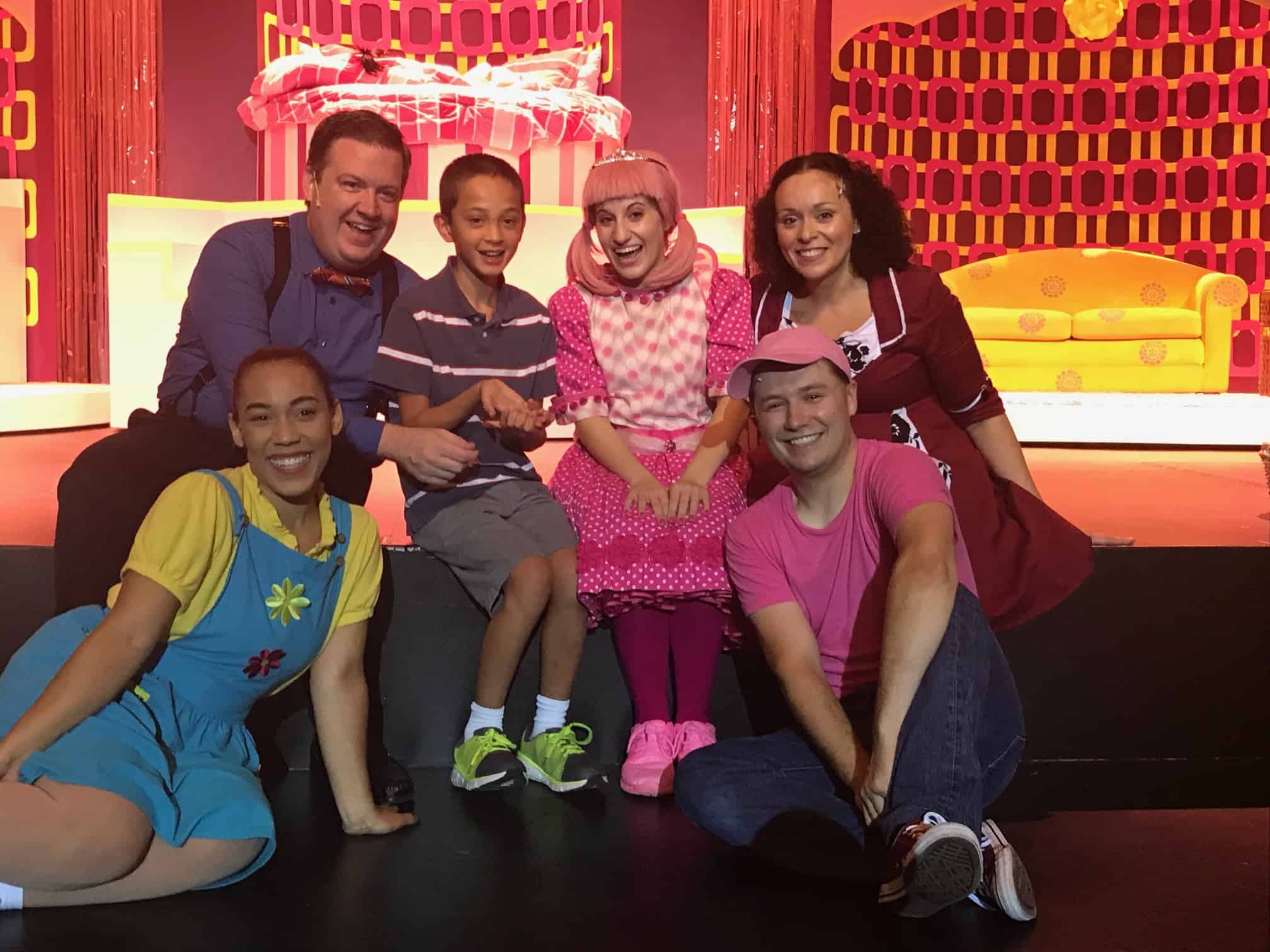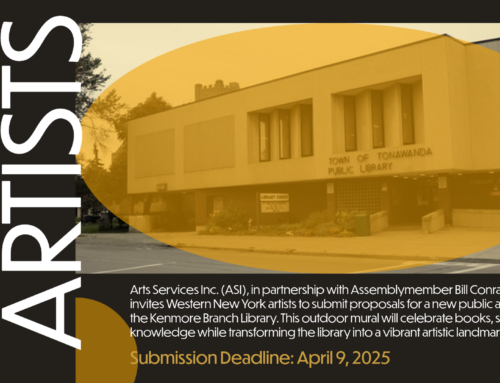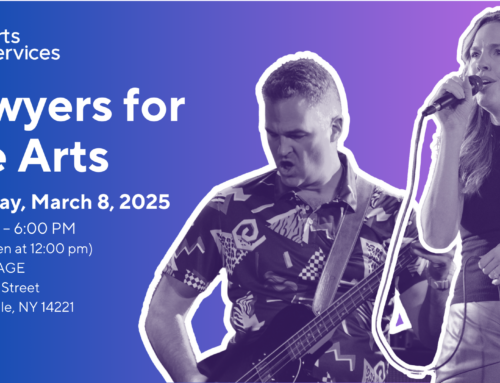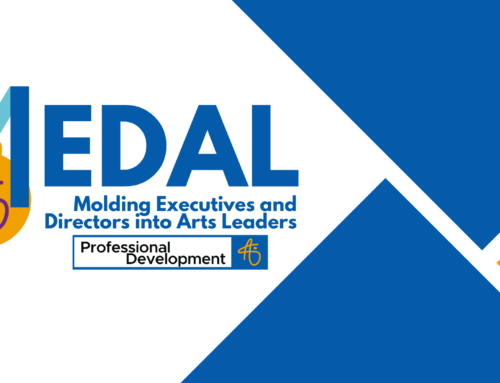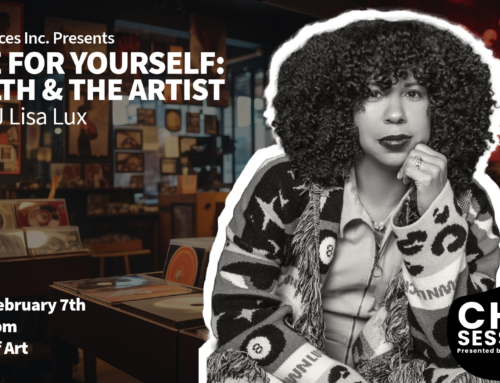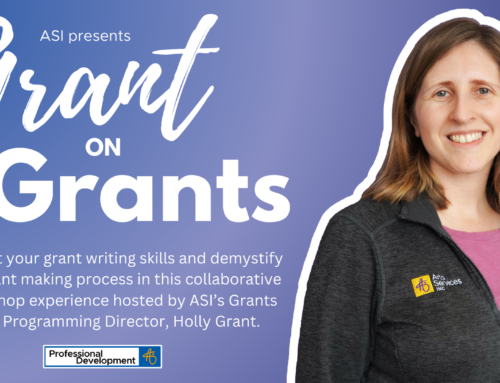The Children’s Guild Foundation Autism Spectrum Disorder Center at Oishei Children’s Hospital, winner of this year’s Spark Award for Arts Integration, has provided multidisciplinary evaluation, diagnosis, care, and support for families with autism spectrum disorders since 2009. In addition to the medical work done by the Center, the resources and programs for families with autism, sensory challenges, or developmental disabilities are an integral part of its plan to support the community.
By collaborating with entities such as the Buffalo Philharmonic Orchestra, Theatre of Youth, Explore & More Children’s Museum, the Aquarium of Niagara, Community Music School, Squeaky Wheel, and Rock Autism, the Center has been able to develop sensory-friendly, inclusive, and affordable programs for families to experience culture and create art in a comfortable and supportive environment. We sat down with Jana Mertz, program coordinator of the Center since its inception, to find out more about the Center and how it’s responding to challenges and impacts regarding COVID-19.
ASI: When and how did the Children’s Guild Foundation Autism Center begin? How have you seen it evolve over the last 11 years?
Jana Mertz: The Children’s Guild Foundation Autism Spectrum Disorder Center began in the fall of 2009 with funding from The Children’s Guild Foundation and Kaleida Health to create a medically-based multidisciplinary model to evaluate and diagnose children for autism spectrum disorders. Since autism is a complex disorder to diagnose, children sometimes have to be evaluated by different specialties at different times before receiving a formal diagnosis. After the Center was up and running, we were able to focus more on families outside of the clinic by creating programs in the community.
The Center has evolved a lot since its launch, as has the increase in awareness of autism spectrum disorders. In the time since, we have developed several programs in the community for families with younger children, and now those kiddos are growing up and there are not as many opportunities for our tweens and teens, so we are currently trying to focus on that population.
Which elements of the Center’s programming have been developed to be mindful of the particular needs of individuals in the autism community?
Everything we do is mindful of the needs of individuals in the autism community, and we always ask for feedback on ideas and plans for most of our programs from the parents or individuals on the spectrum. One important thing to note is that every individual on the spectrum has different strengths, preferences, and challenges, so not everything is going to be a perfect fit for every individual.
Our programs are developed to be sensory-friendly, which means they accommodate the challenges of those who may be sensitive to lights, sounds, smells, or too many people. They also accommodate those who are sensory “seekers,” which means they may need to move around, vocalize, look at an iPad during a concert, or whatever else keeps them calm. For example, at Theatre of Youth, I see the show in advance and we discuss any potential volume changes or special effects that might need to be modified for the sensory-friendly version of the show. We also sometimes take an opportunity to show the audience before the performance that potentially scary things like the dragons and fire aren’t real. For these versions of the shows, Theatre of Youth sells only half of its tickets so people have the opportunity to move around, and no one bats an eye if someone is vocalizing or having a hard time. It is an extremely supportive and nonjudgmental environment, and it provides the families a safe and comfortable way to try new experiences. We also provide noise-muffling headphones to keep at the venues at all times for those who may need them during a different performance or event; that can be an absolute lifesaver for some of our families.
Tell me about a moment when you witnessed the impact of the Center.
Wow—there are so many! We run a parent group and often, when people come for the first time, they are so happy to find “their people.” I have seen children with limited verbal and social skills verbally thank each member of a cast and talk about a performance. I have seen parents sobbing with pride at how their child behaved during a concert at the BPO after thinking they would never be able to go to the BPO again. I have seen the social skills and confidence of some of our introverted teens develop after participating in an art program. I have seen the friendships—and even families—that have evolved over the years through the community we have helped develop. One resource, piece of information, experience, or introduction can change a family’s life.
Are there any individuals, organizations, or programs within Western New York or beyond that have influenced or helped to shape your vision for the Center’s programming? Is there anyone you’d like to shout out?
So many! The biggest shout-out goes to the families who inspire us, let us know what they would like for us to do, and give us feedback on how we can make programs better. I also want to recognize Kaleida Health, The Children’s Guild Foundation, and Kathy Doody, PhD—my dear friend, colleague, and partner in crime. Finally, the Center would not be possible without all of the arts providers and community resources who offer programs and funding to our families. It takes a village to make it all happen!
With regard to accessibility, what kinds of things would you like to see from arts and cultural organizations in Western New York? What can our community do better?
I would like to see more affordable, hands-on art programs dedicated to our population. Although there are a few awesome programs out there, I think we could do more. Squeaky Wheel and Rock Autism have started amazing programs in music and digital arts for our teens and young adults. We piloted a theater workshop for some of our teens, which was a great experience, so I would like to see more of that offered on a consistent basis. Painting, photography, sculpture, music, digital media—any of the arts can offer a new way for individuals to express themselves, have fun, make friends, and build confidence and social skills. Many of our teens do not have many friends or opportunities for social interaction, and they are at a high risk for depression and anxiety as a result. I believe the arts community is generally pretty accepting of differences and encouraging of trying new things, so bringing the arts to individuals with autism is especially ideal.
How have you adapted the program in response to COVID-19? What are some of the challenges you’re facing that are specific to serving individuals in the autism community?
COVID-19 has really turned everyone’s life upside-down. Consistency, routine, and schedules are very important to many individuals on the autism spectrum, and this episode has blown all of that up. All of our events and programs have been canceled or postponed. The opportunities for social interaction and things that they are learning at school are not always easy to replicate at home. It is challenging for everyone—parents and kids. We have pulled together an online list of resources of some things to do and have an active virtual presence with our families an online list of resources of some things to do and have an active virtual presence with our families, but it is definitely not the same as being with them in person. I think everyone will be grateful and relieved when the social isolation from COVID-19 is over!

